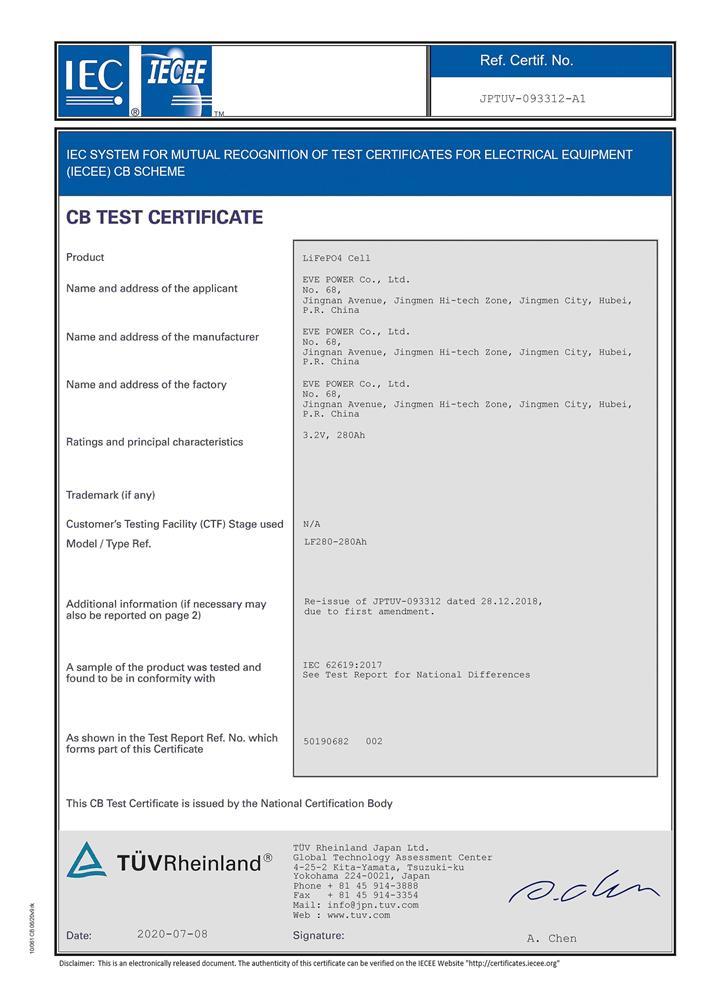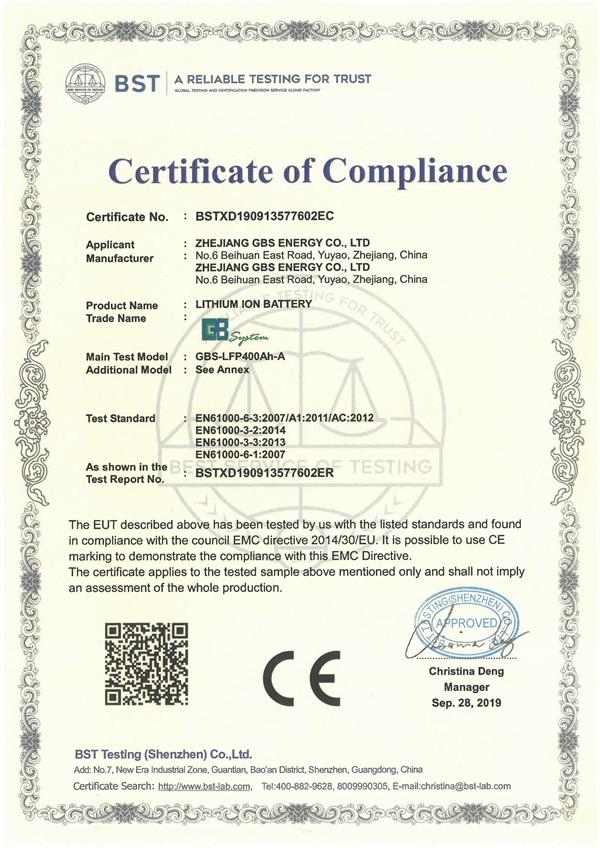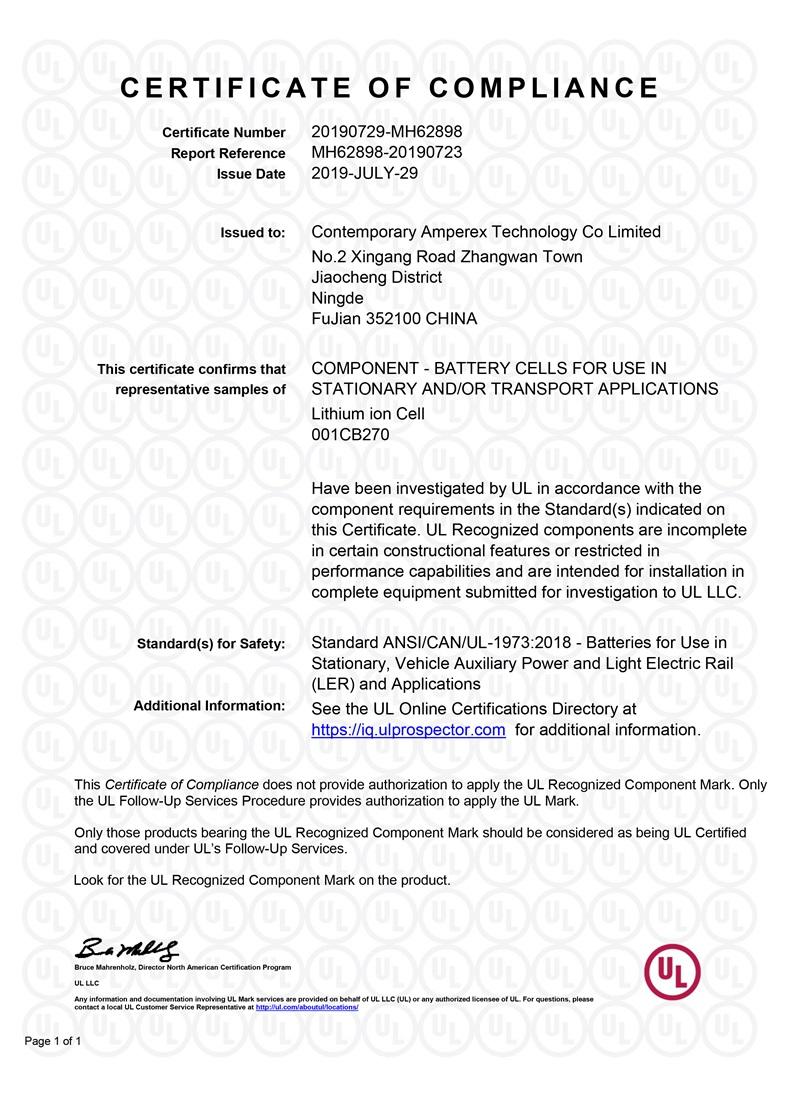Blog
How Cold Weather Affects LiFePO4 Lithium Batteries: What You Need to Know
2025-07-13 | Calvin
LiFePO4 lithium batteries are integral to many modern technologies but face challenges in cold weather conditions. In extreme cold, chemical processes slow down, affecting efficiency, capacity, and overall performance. Understanding the impact of temperature on LiFePO4 lithium batteries is crucial for optimal use and maintenance.
Effect of Low Temperature on the Discharge Capacity of LiFePO4 Lithium Batteries
Capacity is one of the most important parameters of LiFePO4 lithium batteries. The graph below shows how the capacity changes with temperature. It depicts the discharge curves of a LiFePO4 battery. The battery’s charge cut-off voltage is 3.65±0.05V, and its discharge cut-off voltage is 2±0.05V. The two curves represent the discharge capacity at different temperatures under 0.1C and 0.3C discharge rates. Clearly, the capacity increases with temperature. At -20℃, the capacity is only about 60% of what it is at 15℃. In addition to capacity, the battery’s open-circuit voltage also decreases as temperature drops. As we know, the energy contained in a battery is the product of its capacity and terminal voltage. When both values decrease, the energy loss is compounded.
The fundamental reason for this capacity drop is the reduced activity of the cathode material at low temperatures, which leads to a lower number of lithium ions able to move and produce discharge current.
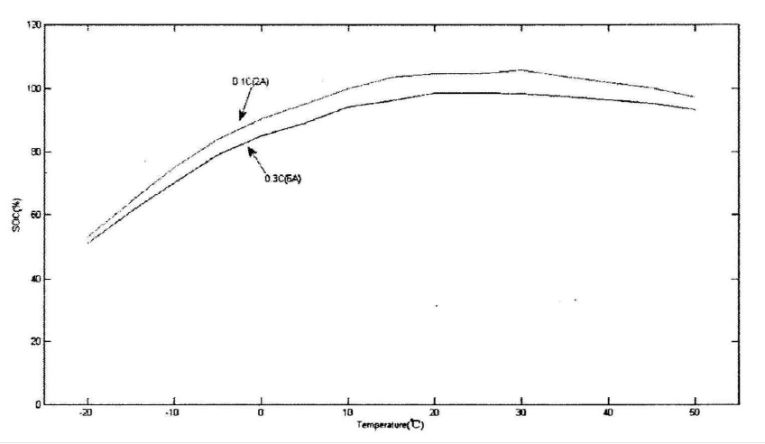
Discharge capacity of LiFePO4 lithium batteries at different temperatures and discharge rates
Effect of Low Temperature on the Internal Resistance of LiFePO4 Lithium Batteries
The relationship between the temperature and internal resistance of LiFePO4 lithium batteries is illustrated in the graph below. Each curve represents the battery under different states of charge. At any given state of charge, the internal resistance increases significantly as the temperature drops. Batteries with lower charge levels show higher internal resistance, and this trend remains consistent across all temperatures.
At low temperatures, the diffusion ability of charged ions in both the anode and cathode materials declines. It becomes harder for ions to pass through the passive film between the electrode and electrolyte, and the ion transport speed within the electrolyte also decreases. During this process, additional heat is generated. Once lithium ions reach the anode, their diffusion within the anode material is also hindered. All these difficulties in ion movement result in a noticeable increase in the cell’s internal resistance.
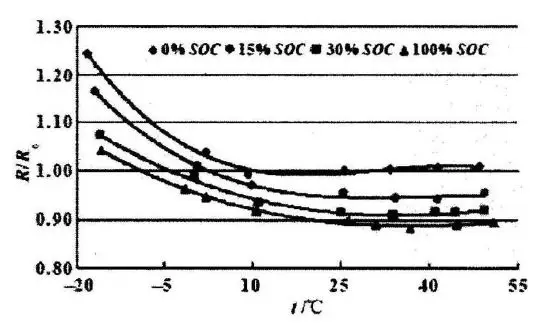
Relationship between internal resistance, SOC, and temperature
Effect of Low Temperature on the Charge and Discharge Efficiency of LiFePO4 Lithium Batteries
The graph below illustrates how charging efficiency changes with temperature. At -20℃, the charging efficiency is only about 65% of what it is at 15℃. While we’re focusing on efficiency here, it’s important to note that charging at low temperatures can be highly damaging—a topic not discussed in detail here. As mentioned earlier, low temperatures cause various electrochemical changes, including a significant increase in internal resistance. During discharge, much of the electrical energy is lost as heat due to this resistance. Consequently, we observe a drop in coulombic efficiency.
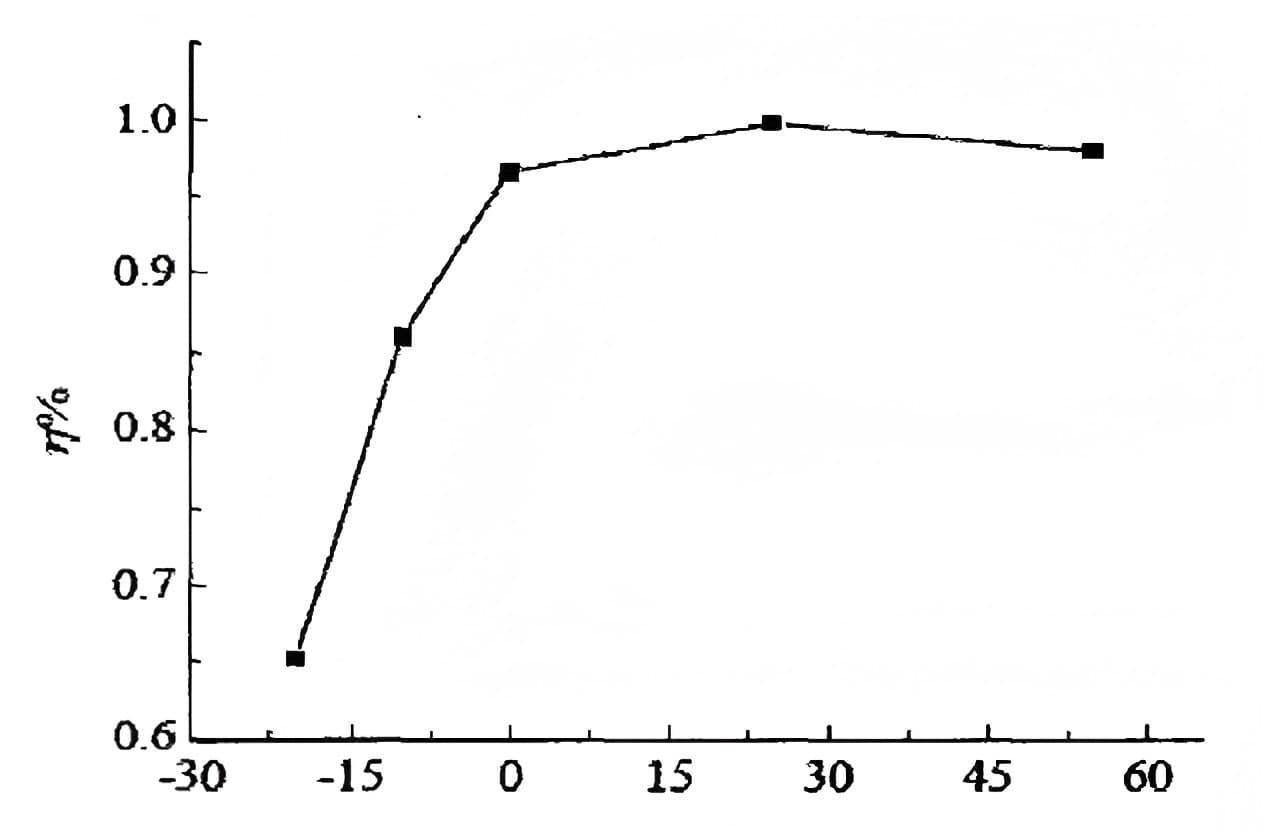
Trend of charging efficiency with temperature
The Impact of Low Temperatures on the Lifespan of LiFePO4 Lithium Batteries
Long-term exposure to cold temperatures can affect the battery's overall lifespan. Since low temperatures reduce the charge and discharge efficiency, the battery may experience more cycles of underperformance. Over time, this can contribute to a gradual decrease in the number of usable cycles before the battery reaches the end of its life.
Best Practices for Using LiFePO4 Batteries in Cold Weather
To ensure optimal performance and longevity of LiFePO4 batteries in cold weather, several best practices can be followed:
- Pre-Heating the Battery: Before charging in cold conditions, it is beneficial to warm up the battery to ensure that it charges effectively without risking damage. Pre-heating can be done using a thermal blanket or a dedicated battery heater.
- Using Proper Insulation: Insulating the battery with thermal pads or placing it in an insulated enclosure can help maintain a stable temperature, protecting the battery from freezing and reducing the impact of extreme cold on performance.
- Limiting Discharge Depth: In cold weather, avoid discharging the battery to low levels, as deep discharges in freezing conditions can cause irreparable damage. It’s best to keep the battery charge level higher than usual in these environments.
- Regular Monitoring: Keep track of the temperature and the battery’s voltage levels using monitoring systems. This ensures that the battery stays within the safe operating range and reduces the risk of overheating or freezing.
- Store in a Temperature-Controlled Environment:Proper storage is vital for LiFePO4 lithium batteries in cold weather conditions, making it essential to store batteries in a controlled environment away from extreme cold. A steady, moderate environment prolongs battery life and maintains its efficiency and readiness for use.
Conclusion
When using LiFePO4 batteries in cold weather, proactive strategies are essential for preserving their effectiveness. Ensuring that the batteries are insulated, equipped with pre-heating mechanisms, and properly stored when not in use will help protect them from temperature-induced damage. With these precautions in place, users can continue to benefit from the safety, efficiency, and longevity of LiFePO4 batteries, even in challenging cold conditions. Whether in electric vehicles, solar energy systems, or backup power solutions, these batteries can operate effectively as long as they are properly managed.
- Next:Grade A vs. B vs. C LiFePO4 Cells: What’s the Difference and Why It Matters
- Previous:Tesla Battery Types: A Simple Guide for Model S, 3, X, and Y
Contact Details
Lithium LiFePO4 Batteries and Lithium LiFePO4 Cells Supplier - LiFePO4 Battery Shop
Contact Person: Miss. Elena Wang
WhatsApp : +8615263269227
Skype : +8615263269227
WeChat :15263269227
Email : info@lifepo4batteryshop.com
All Products
- A123 Battery (5)
- Sinopoly Battery (7)
- GBS Battery (16)
- CALB Battery (22)
- Cylindrical Cell (3)
- Energy Storage System (0)
- Battery Management System (2)
- Sodium ion Battery Cell (3)
- Lithium Titanate Battery (16)
- Ternary Lithium Battery Cell (11)
- REPT Battery (8)
- BYD Battery (2)
- CATL Battery (14)
- Thunder Sky Winston Battery (21)
- EVE Battery (29)
- LiFePO4 Battery Cell (4)
Certification
Customer Reviews
- I have fond memories of our meeting in Shanghai with LiFePO4 Battery Shop Elena. Your company left a strong impression on me with its impressive growth and professionalism. We both value straightforwardness and honesty, which I believe are the most important qualities in any partnership. I am confident that we can build a successful collaboration based on these shared values. —— Robert from USA
- I've been working with LiFePO4 Battery Shop for years, and their reliability is unmatched. While other suppliers frequently change sales teams, LiFePO4 Battery Shop has consistently provided exceptional service with a stable team. Their commitment to quality and customer support truly sets them apart. —— Henry from Australia

